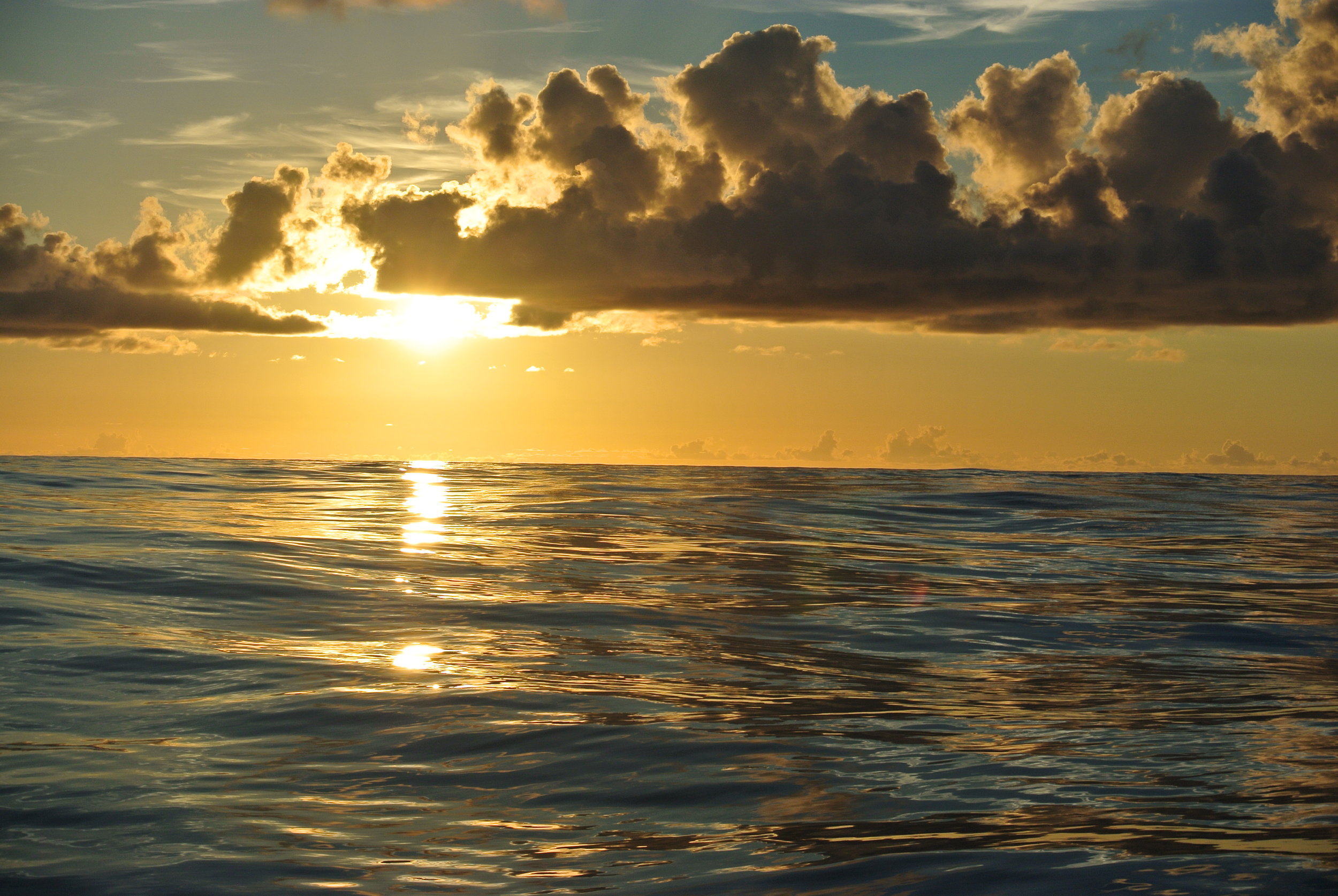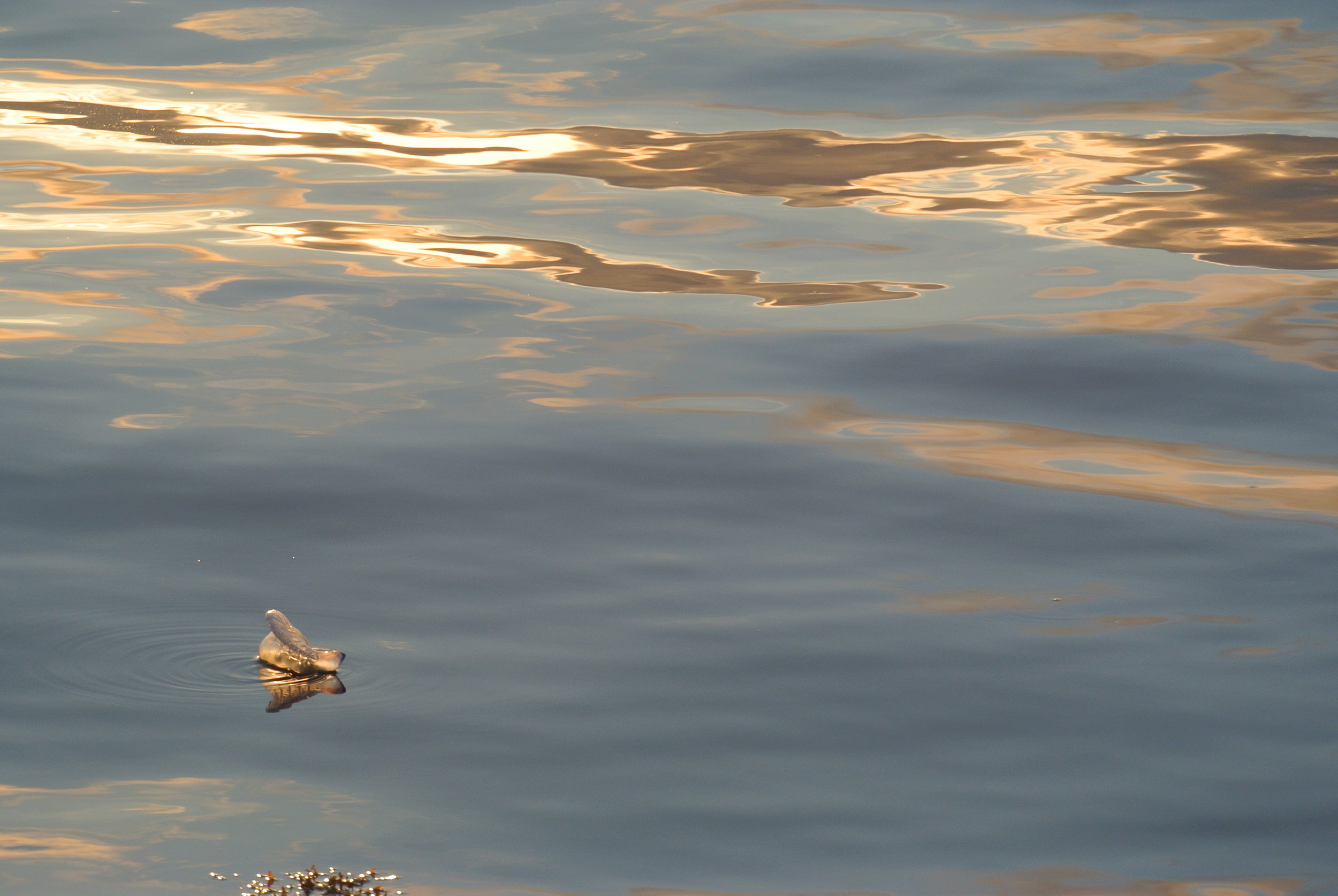As an introvert, I like to be either alone or with a small group (preferably one person) of people. Large crowds and big to-do’s just aren’t my cup of tea!
This year, for my 31st birthday, I had an introverts dream birthday party! I was as far as possible from any other person or stranger, and the only person there to share my birthday with was my wife.
This is our second day of being becalmed, so there are no waves, no winds, and no direction. We have nothing to run into and no one around us to hit us. We are alone and immobilized, aimlessly drifting where the currents take us. We spent the whole day relaxing, reading, watching movies, and cooking. No effort was made to move us faster as there was nowhere to go!
The clouds around us spoke of isolated regions of slight winds, but nothing that would be far reaching enough to be appreciable, so we just sat back and relaxed. Getting frustrated or angry will not make the winds change, so why waste the energy on such feelings. Instead, moments like this are wonderful for teaching you to relax and appreciate what is around you.
As a kid, Man-O-War would wash into the southern part of Puerto Rico every year. It was always late fall when it became dangerous to swim. Thankfully, the reefs would cause these siphonophores to retract their tendrils instead of having them stretched out into a web of pain. I always feared them and became very VERY good at spotting them, but I never really got to appreciate them.
These creatures are so unique, intricate, and delicate. I have always avoided them like the plague because I was either windsurfing, kayaking, or swimming. We are both merely visitors on the surface of the water in the reefs around Puerto Rico, but out here, here is their world and we are merely tourists passing through.
We would use what little wind there was to sail over to them and get a really good look at them. The intricacies of their sail, and the way they flop it up or lay it down into the water. Once you have a safe vantage point to observe these killing machines, these creatures really are quite beautiful.
My birthday has come to a close. We are still about 800 nautical miles from the Azores and have no way of knowing when we will start moving again. Yes, we are bobbing around on the surface of the ocean, but we are also relaxing and enjoying the respite from all the speed we had leading up to this.
Sailing fast is nice, but it makes daily life difficult. The boat is heeled over and you are constantly riding up and down waves. Cooking, cleaning, eating, and sleeping become rather difficult when you are skimming the surface at hull speed! This loss of all wind and speed was a wonderful gift from nature on my birthday. It let us relax and actually enjoy ourselves on this day out in the middle of the ocean.














